|
Classification of Organic Compounds
I. Classification based on structures :

(1) Acyclic compounds :- Atoms link together to form
a chain (straight or branch) but not rings.
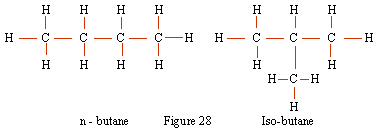
(2) Cyclic or closed chain compounds :- These
are compounds with one or more rings. Molecules with more than
one ring are called polycyclic compounds. These are further
divided into
(A) Carbocyclic compounds : with one or more rings solely
of carbon. These are of two types.
(i) Alicyclic compounds : Ring compounds composed of
carbon atoms and resembling alphatic compounds in their properties.
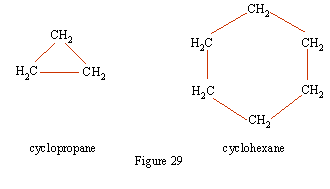
(ii) Aromatic compounds : The word ‘aromatic’
originated from the Greek word aroma meaning ‘fragrant smell.’
These are unsaturated cyclic compounds containing alternate double
bonds (conjugate) having minimum six p
-electrons.
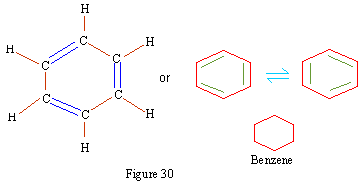
In 1865, Kekule suggested that the actual structure of benzene is intermediate the above two structures. Double bonds are not fixed but are in a state of oscillation.
(B) Heterocyclic compounds : These are cyclic
compounds which in addition to carbon atoms contain one or more
heteroatoms (atoms other than carbon) such as N, O, S in the ring.
These are also of two types:
(i) Non-aromatic
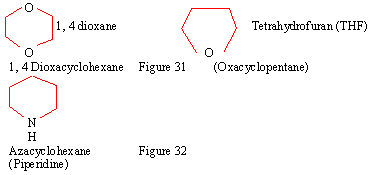
(ii) Aromatic
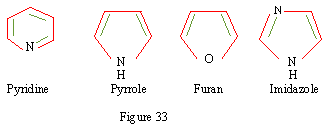
II. Classification based on functional groups
Organic compounds can also be classified according to the nature of the functional group present in them.
|